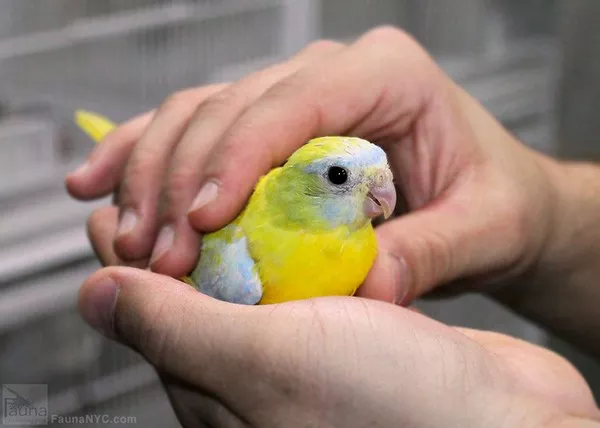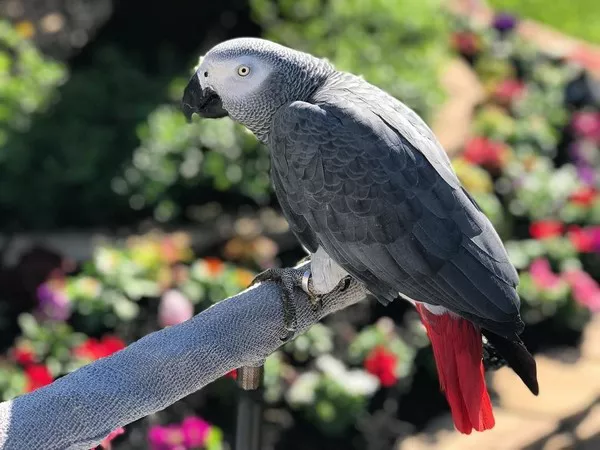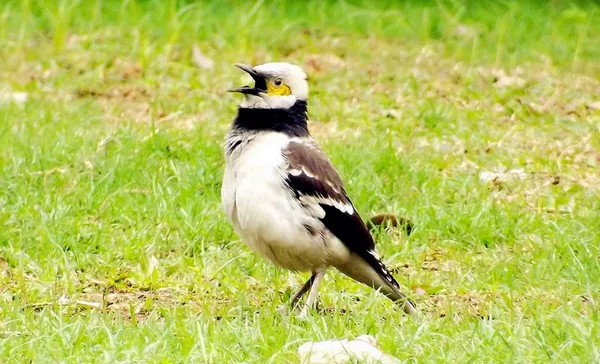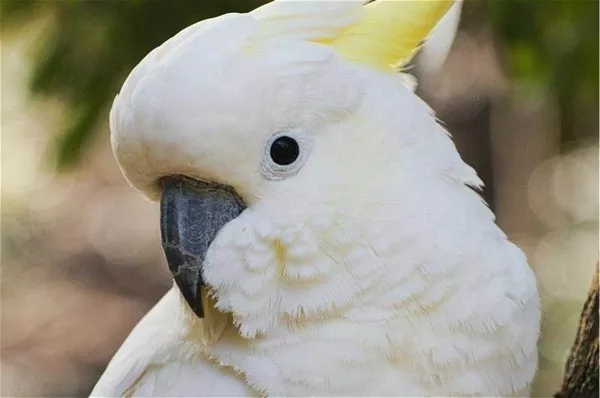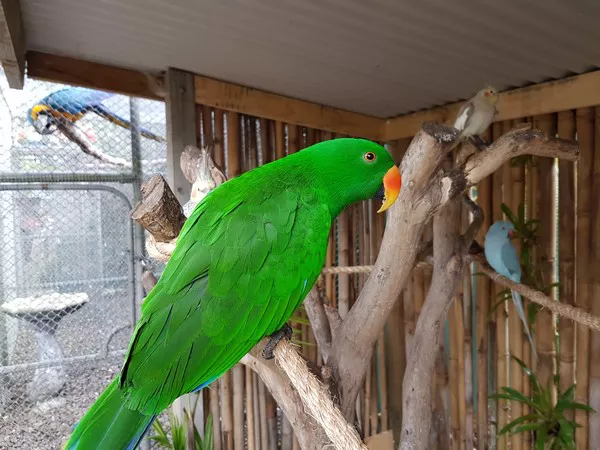Taming an Indian ringneck can be a rewarding experience for both you and your bird. With patience, consistency, and positive reinforcement, you can teach your bird to trust you and enjoy human interaction. In this article, we will discuss how to tame an Indian ringneck and build a strong bond with your feathered friend.
-
Step 1: Create a Safe and Comfortable Environment
Before you start taming your Indian ringneck, you need to create a safe and comfortable environment for your bird. Make sure your bird has a spacious cage with plenty of toys, perches, and hiding spots. Place the cage in a quiet area where your bird can feel secure and undisturbed.
Provide your bird with fresh food and water every day, and clean the cage regularly to maintain a hygienic environment. This will help your bird feel relaxed and comfortable, which is essential for taming.
-
Step 2: Build Trust with Your Bird
The key to taming an Indian ringneck is to build trust with your bird. Start by spending time near your bird’s cage, talking to your bird in a calm and soothing voice. Offer your bird treats, such as small pieces of fruit or seed, through the cage bars, but don’t try to touch or handle your bird yet.
Once your bird is comfortable taking treats from you, you can start offering treats from your hand. Keep your hand close to the cage, with the treat visible between your fingers. Wait for your bird to approach your hand and take the treat. Repeat this process several times a day, gradually moving your hand closer to the bird each time.
-
Step 3: Introduce Your Hand
Once your bird is comfortable taking treats from your hand, you can start introducing your hand into the cage. Place your hand in the cage, palm facing up, with a treat visible between your fingers. Wait for your bird to approach your hand and take the treat. Repeat this process several times a day, gradually moving your hand closer to your bird each time.
As your bird becomes more comfortable with your hand, you can start offering your finger for your bird to perch on. Hold your finger near your bird, and wait for your bird to step onto your finger. Don’t force your bird to perch on your finger, as this can cause your bird to become frightened and lose trust.
-
Step 4: Gradually Increase Interaction
Once your bird is comfortable perching on your finger, you can start to increase your interaction with your bird. Offer your bird treats, toys, and attention while it is perched on your finger. Talk to your bird in a calm and soothing voice, and avoid sudden movements or loud noises that can startle your bird.
Gradually increase the amount of time you spend interacting with your bird each day. Offer your bird more opportunities to explore outside the cage, but always supervise your bird to ensure its safety.
-
Step 5: Maintain Consistency
Taming an Indian ringneck takes time and patience, so it’s important to maintain consistency in your approach. Spend time with your bird every day, offering treats, toys, and attention to help build trust and strengthen your bond.
Avoid sudden changes to your routine or environment that can cause stress for your bird. If you need to make changes to your bird’s environment, do so gradually and with caution to avoid frightening your bird.
In conclusion, taming an Indian ringneck takes time, patience, and consistency. Building trust with your bird through positive reinforcement and gradual interaction is essential for establishing a strong bond. By creating a safe and comfortable environment, offering treats and attention, and maintaining consistency, you can tame your Indian ringneck and enjoy a rewarding relationship with your feathered friend.
Recommended reading:


